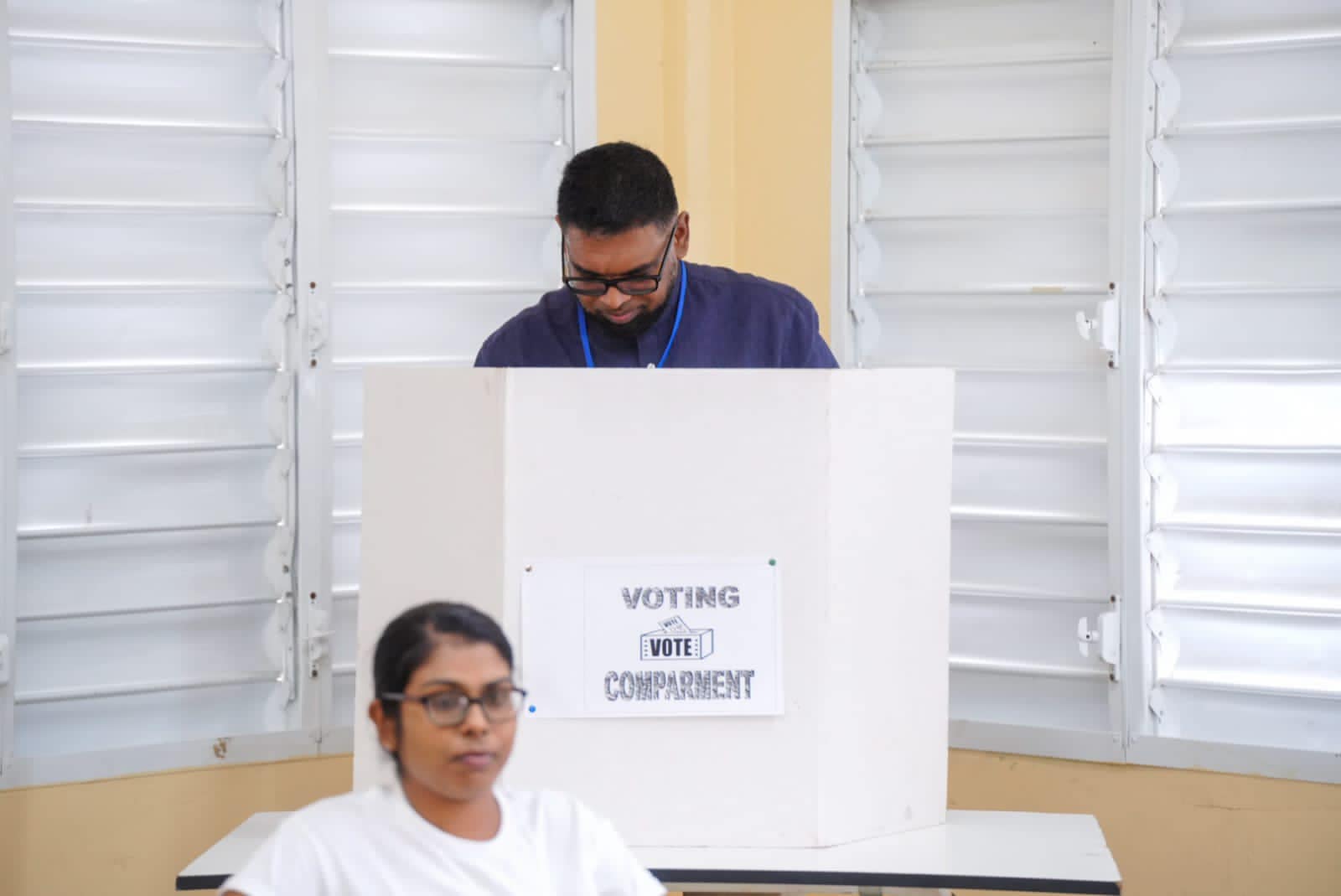LGE 2023: What happens when there is a tie?
 Vishani@newsroom.gy
Vishani@newsroom.gy
The Guyana Elections Commission (GECOM) has declared a majority of the results of this year’s Local Government Election but in some areas, ties have been recorded.
In the municipalities of Mahdia and Bartica, for example, the People’s Progressive Party Civic (PPP/C) and the A Partnership for National Unity (APNU) won an equal number of constituencies. That means they will have the same number of councillors.
In town councils, the Mayor is usually elected by the councillors. Similarly, in the Neighbourhood Democratic Councils (NDCs), the Chairman is elected by councillors.
So what happens?
First, the electoral systems used must be understood.
Let’s use the example of Mahdia. Here, candidates for the two parties won two constituencies each and as such, will both get four Council seats.
Elections for the constituency seats used the First Past the Post system. There is also a Proportional Representation portion of the elections to elect councillors. In the Proportional Representation portion, commonly called the popular vote, APNU’s 327 votes were lower than the PPP/C’s 330 votes in Mahdia.
This illustrates that the PPP won the popular vote even though the two parties tied in the constituencies. And the PPP/C’s General Secretary Dr. Bharrat Jagdeo believes that winning this popular vote means that the PPP will get the Mayorship of Mahdia.
Does the law agree?
In short, the answer is yes.
Based on 2018 amendments to the Local Authorities (Elections) Act, the councillors will engage in up to three rounds of voting to determine the Chairperson or Mayor. Here, the councillor with the highest number of votes would be elected Chairperson or Mayor.
If, after three rounds, no single candidate gets a greater number of votes, the Clerk is required to record the disposition of each councillor present and voting.
Having done so, the law says: “… the Clerk shall then compute the numeric seat value apportioned to each of the councillors present and voting who were selected on the basis of the Proportional Representation component of the election at which they were duly elected councillors and, in addition, assign these results accordingly to the candidate for whom each councillor voted and the Clerk shall then tally the result for each candidate and the candidate securing the greatest number shall immediately be declared by the Clerk to be duly elected as Chairman.”
In simpler terms, the Clerk calculates the number of votes each PR candidate-turned-councillor got at the Local Government Elections.
That figure is then assigned to the candidates for Mayor or Chairperson nominated and voted for by the councillors. In these circumstances, those candidates could be either APNU-nominated or a PPP-nominated councillor for Mayor or Chairperson.
The candidate with the highest number of votes will be duly elected the Chairperson or Mayor, meaning the party with the popular vote (that is, a higher number of votes in the Proportional Representation portion) gets the Chairmanship or Mayorship.
And if all of those procedures fail, there is one other way of breaking a deadlock.
At that point, the Clerk, acting in the presence of a designated Magistrate, the councillor present and members of the public, shall choose one of the candidates by lot – essentially, some randomised method of selection will be used to determine the Mayor. It could be as simple as putting names in a bag and pulling out one.



